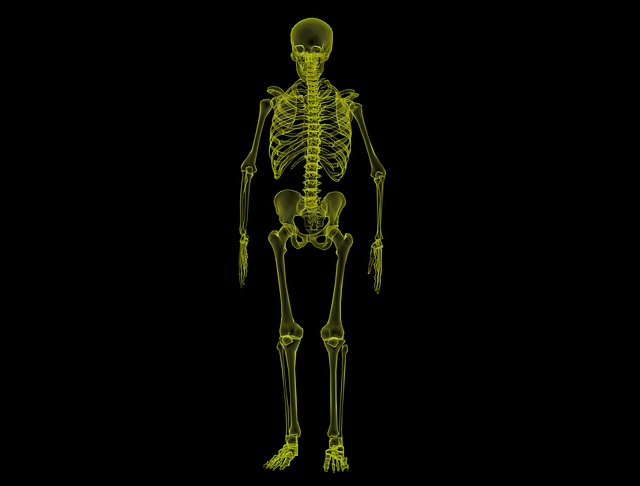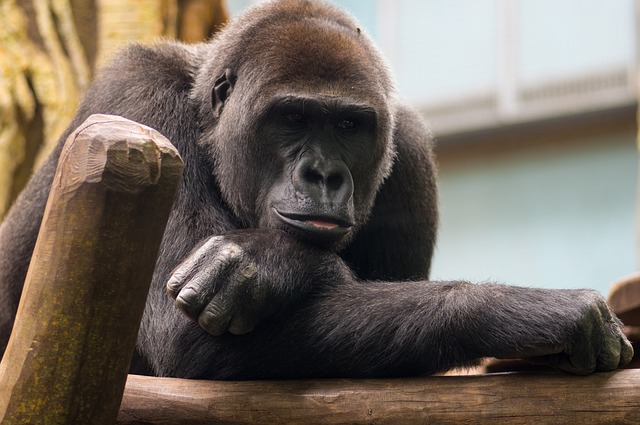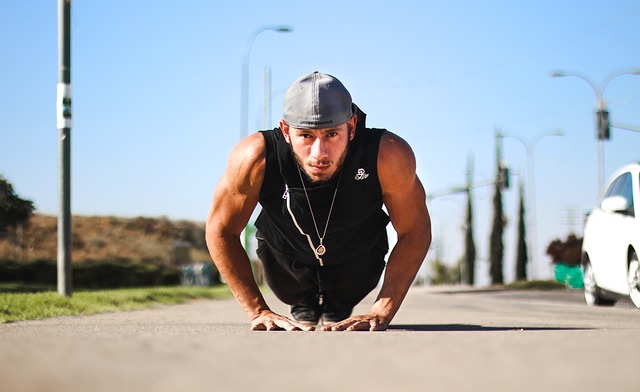Archive for September 2017
Ligaments and Tendons: What Gives when They Give
Ligaments and tendons are your movement assistants
Ligaments connect bone to bone. Ligaments add a layer of support and stability to the structures of your body, including joints and spinal motion segments. An injury sustained by a ligament is called a sprain.
Tendons connect muscle to bone. Tendons serve to conduct forces across the body and add a further layer of stabilization to the structures of your body. An injury sustained by a tendon is called a strain.
Both are made of dense layers of connective tissue, known as collagen, and they have an incredibly high tensile strength that makes them resilient against able the pressure of all our essential movements. Together, they allow us to move without incurring injury; as a result, they are incredibly important role in our musculoskeletal biomechanics.
Decoding Degenerative Disc Disease
Degenerative disc disease is a variable condition
In fact, degenerative disc disease is a misnomer: it is a term coined to describe the progression of changes that a spinal disc undergoes overtime. It is a natural process that comes along with aging. Intervertebral discs are made of densely packed layers of collagen fibers and, over time, compressive forces and traumatic injury take their toll on these structures. Degenerative disc disease refers to any pain or associated dysfunction that stems from a degenerated disc.
Correcting Subluxation for Better Body Function
Misaligned vertebrae limit range of motion and cause pain
This is the basis for our practice at Hayes Family Chiropractic- the idea that due to the constant accumulation of spinal compression, abrasive movements, poor posture and other more intangible factors, the spinal column is constantly being moved out of alignment. The effect of this misalignment has a ripple effect on health that begins by limiting motion and causing pain and, if left alone for long enough, can compound to cause more serious musculoskeletal conditions. The problem we face as chiropractors is that far too many people wait far too long to address their mechanical back pain issues.
Lumbar Pressure and Subluxation
Your spine is constantly under pressure
Unless you can live in a zero-gravity bubble, move to outer space or become fully aquatic (all of which come with their own sets of problems), there is zero likelihood of escaping the compressive force that gravity exerts on our spines. Lumbar disc pressure in a healthy spine is measured as such:
- Lying supine: 25kg of pressure
- Standing upright: 100kg of pressure
- Sitting upright: 125kg of pressure
Now consider that sitting with poor posture, lifting and bearing weight, or walking with your head forward or down, magnify this already considerable pressure. For example, forward head posture magnifies the weight of the head to the spine by up to 10X per inch held forward. So how do we start to fight back against all this pressure accumulation? Awareness.
An Ergonomic Injury Fact Sheet
Define: ergonomic injury
The word ergonomics has a generally positive connotation that invokes a person sitting in a perfectly balanced position with a perfectly adjusted chair and desk to support them as they work away. But this romantic image is an example of good ergonomics, the kind that puts minimal pressure on the spine in the workplace. For most of us, whether due to our inherent human laziness, lack of supportive furniture, or other risk factors, our ergonomics are less than perfect. And that’s OK! But it’s time to make ourselves aware of how poor ergonomics can contribute to poor health.
A Core Concept: Strength in The Transversus Abdominis
The transversus abdominis is one of the most important muscles in your body
But do you know where it is? Our blog post here tells you how to find it, but this one will explain what it does and why it is so important. The transversus abdominus is the deepest of the four abdominal muscles. It can be thought of as a girdle that wraps from front to back on each side of the body; furthermore, the two sides are connected by a sheet of fascia which connects to the outer lumbar spine. It is literally a girdle of support for your spine.




